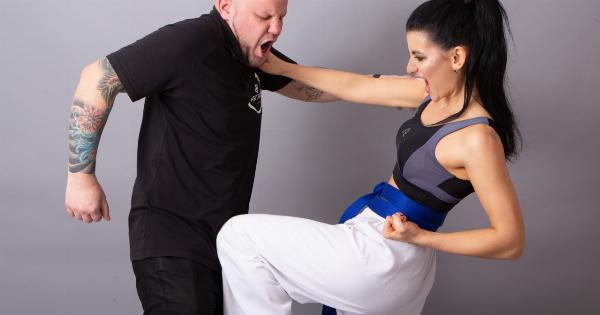Dealing with pain can be a real challenge. Whether it’s a minor headache or a debilitating condition, finding relief can make a big difference in your quality of life.
While there are plenty of traditional remedies that can provide relief, there are also some lesser-known methods that might surprise you.
1. Try Acupressure
Acupressure is a traditional Chinese medicine technique that involves applying pressure to specific points on the body.
These points are believed to be connected to various organs and systems, and stimulating them is thought to improve health and relieve pain. With acupressure, you can apply pressure to these points using your fingers, and you can do it just about anywhere.
Some common points that are used for pain relief include the webbing between your thumb and index finger, the base of your skull, and the sides of your neck.
2. Use Essential Oils
Essential oils are concentrated plant extracts that have been used for centuries for their therapeutic properties. There are many different oils that can be used for pain relief, depending on the type of pain you’re experiencing.
For example, peppermint oil is commonly used for headaches, while lavender oil is often used for muscle pain. You can use essential oils in a variety of ways, including in diffusers, as massage oils, in bathwater, or by inhaling them directly from the bottle.
3. Take a Cold Shower
While hot showers or baths are often recommended for pain relief, taking a cold shower can be equally effective, if not more so.
Cold water can help to reduce inflammation, which can be particularly beneficial for conditions like arthritis and fibromyalgia. Additionally, the shock of the cold water can stimulate the body’s production of endorphins, which are natural painkillers.
4. Use Mindfulness Meditation
Mindfulness meditation is a type of meditation that is focused on being in the present moment. This technique involves paying attention to your breath, your body, and your thoughts without judgment.
Research has shown that mindfulness meditation can be an effective way to reduce pain, particularly chronic pain. By practicing mindfulness, you can learn to approach your pain in a more accepting way, which can help you to manage it more effectively.
5. Try Tapping
Tapping, also known as Emotional Freedom Techniques (EFT), is a method that involves tapping on specific points on the body while focusing on a particular issue or problem, such as pain.
This technique is based on the idea that negative emotions can disrupt the body’s energy system, and by tapping on these points, you can restore balance and relieve pain. While tapping might seem a bit unconventional, there is some evidence to suggest that it can be an effective way to reduce pain and stress.
6. Practice Qi Gong
Qi Gong is a traditional Chinese movement practice that involves slow, flowing movements that are designed to improve energy flow and balance in the body.
This technique is based on the idea that stagnant or blocked energy can lead to pain and illness, and by moving the body in specific ways, you can open up these channels and promote healing. There are many different forms of Qi Gong, and you can find classes or instructional videos online to get started.
Conclusion
If you’re dealing with pain, it’s important to explore all of your options for relief. While traditional remedies like medication and physical therapy can be effective, there are also some unconventional methods that might be worth trying.
From acupressure to cold showers to tapping, there are many different ways to alleviate pain and improve your quality of life.































